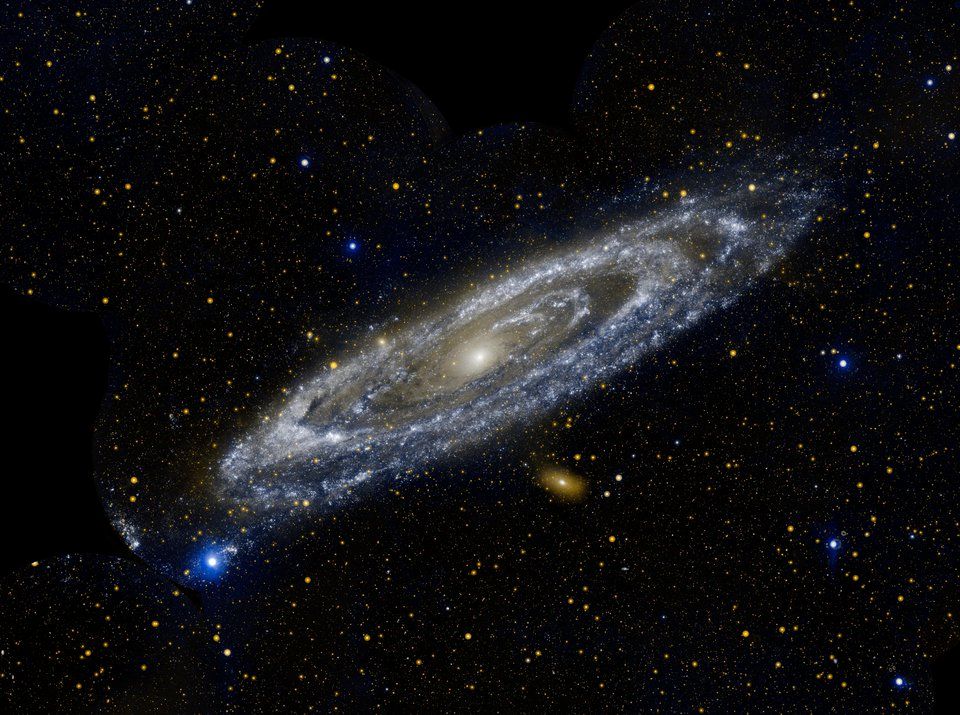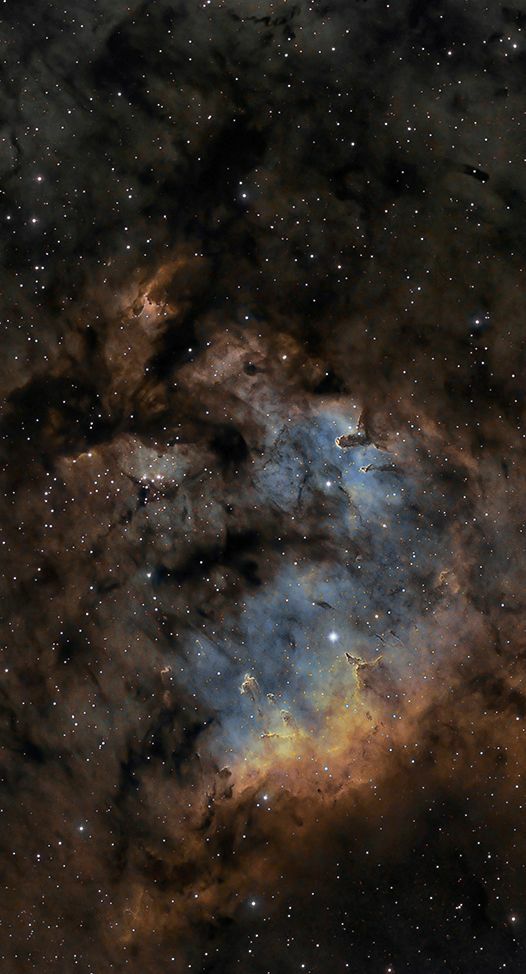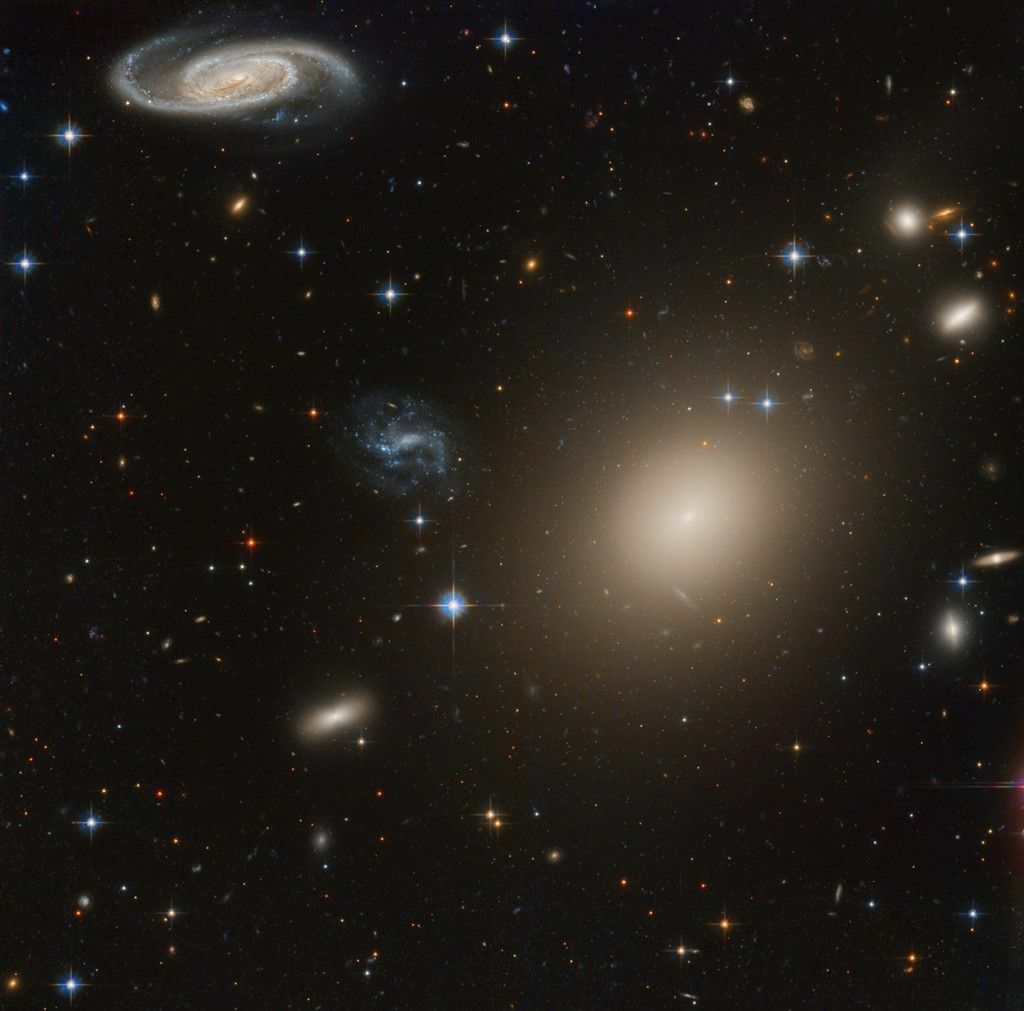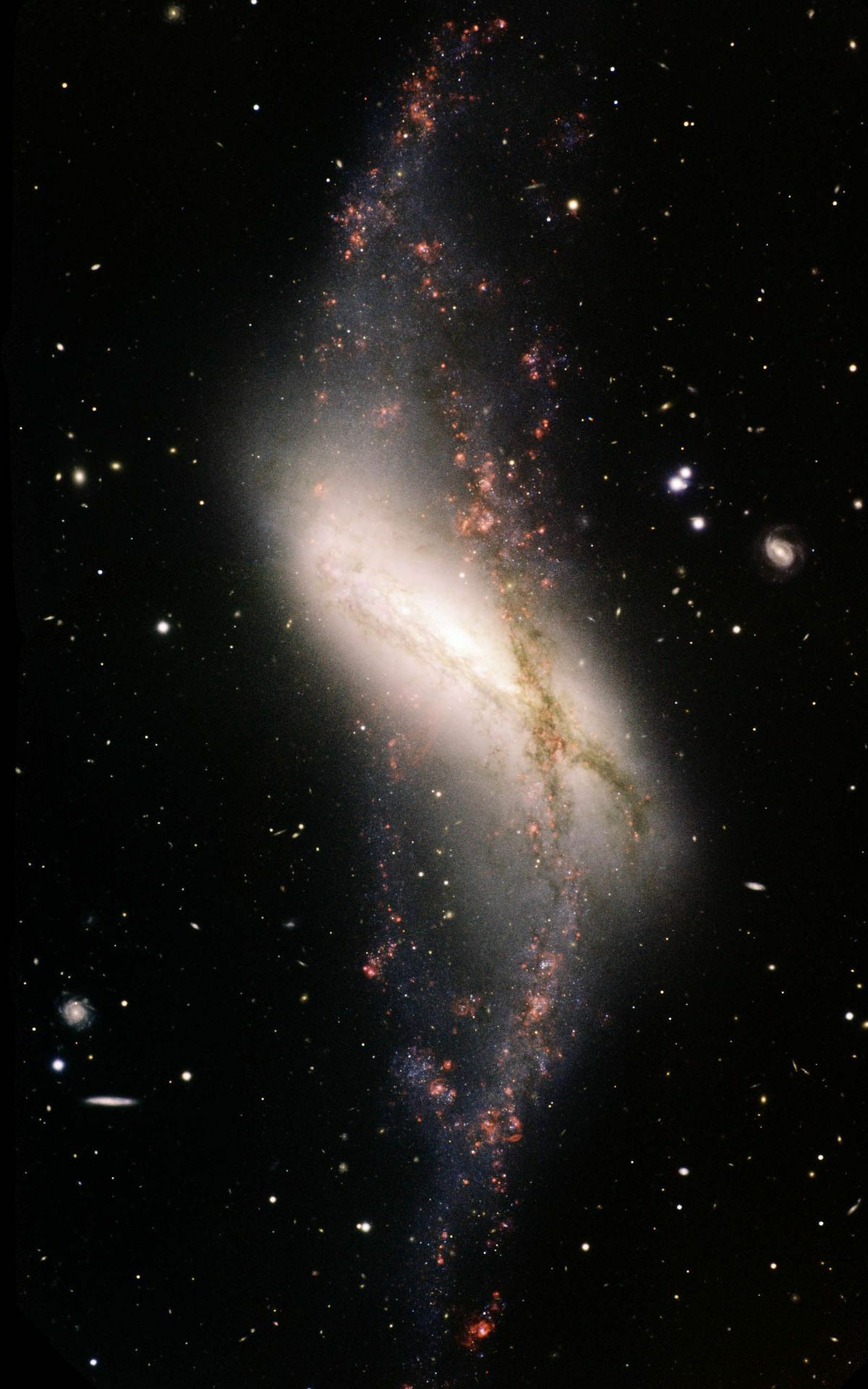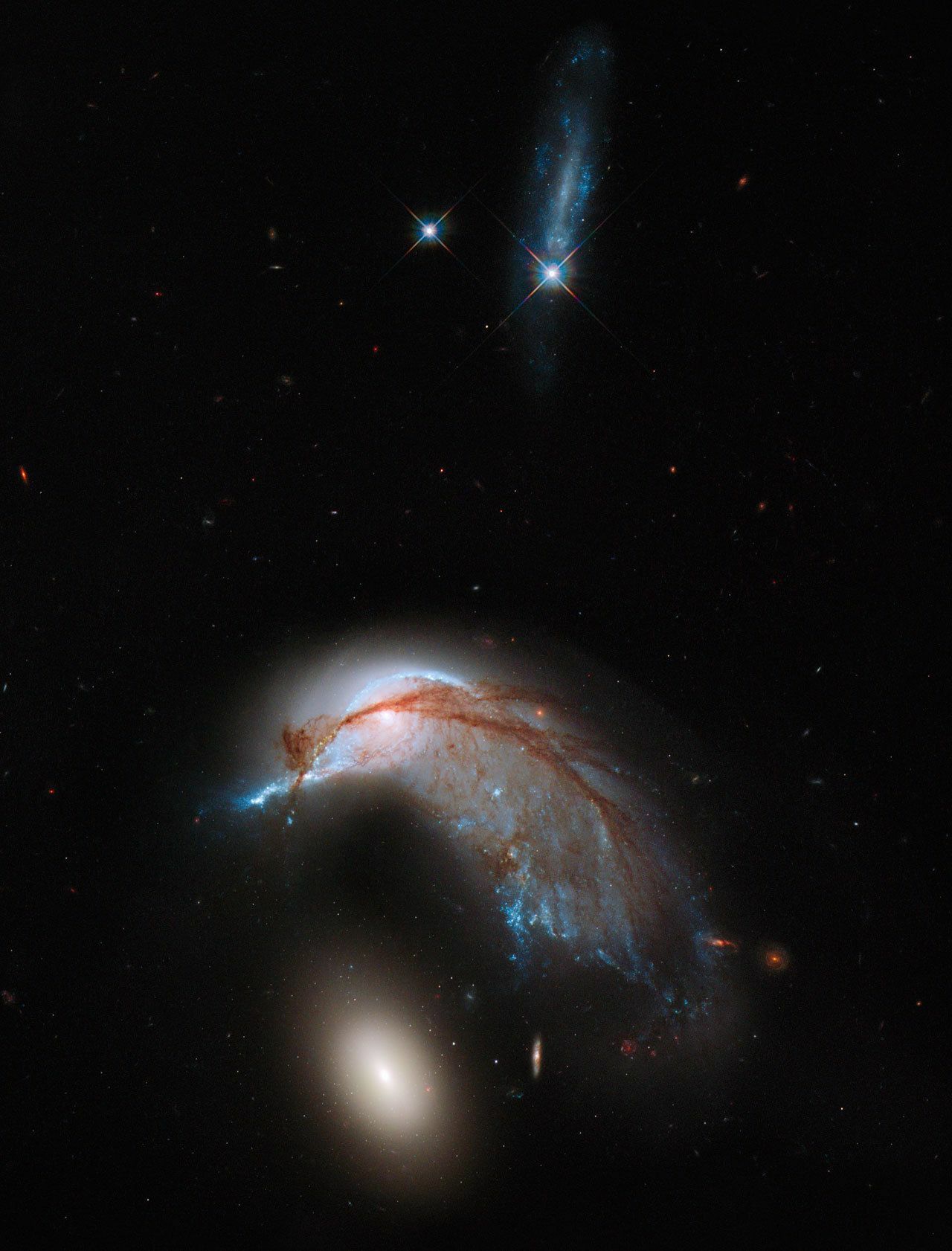Understanding the Variety of Forms in Our Universe Through Galaxy Shapes.
The universe we live in is vast and diverse, filled with a myriad of different forms and shapes. One way to explore this diversity is by studying the shapes of galaxies.
Galaxies come in different shapes and sizes, and astronomers have identified several main categories of galaxy shapes. The most common are spiral, elliptical, and irregular galaxies.
Spiral galaxies are named for their spiral arms that emanate from the center of the galaxy. These arms are filled with stars, gas, and dust, and they can be tightly wound or loosely spread out. Our own Milky Way galaxy is a spiral galaxy, and it’s estimated that about 70% of all galaxies in the universe are also spiral.
Elliptical galaxies, on the other hand, have a more rounded, oval shape. They lack the spiral arms of spiral galaxies and are made up of older stars, with little to no gas or dust. Elliptical galaxies are typically larger than spiral galaxies and can range in size from tens of thousands to trillions of stars.
Irregular galaxies are the most diverse in shape and have no particular structure or symmetry. They can be chaotic, asymmetrical, or have unusual shapes. Irregular galaxies are often smaller and less massive than spiral or elliptical galaxies and are thought to have been formed by gravitational interactions or mergers with other galaxies.
Other types of galaxies include lenticular galaxies, which are a cross between spiral and elliptical galaxies, and dwarf galaxies, which are smaller and less massive than other types of galaxies.
Studying the shapes of galaxies can provide insights into the processes that govern the formation and evolution of galaxies. For example, the presence of spiral arms in a galaxy suggests that it is actively forming new stars, while an elliptical galaxy with no gas or dust is likely composed of older stars that have stopped forming.
By exploring the diversity of shapes and forms in our universe, astronomers can continue to unravel the mysteries of how galaxies are formed and how they evolve over time.
Hits: 0

